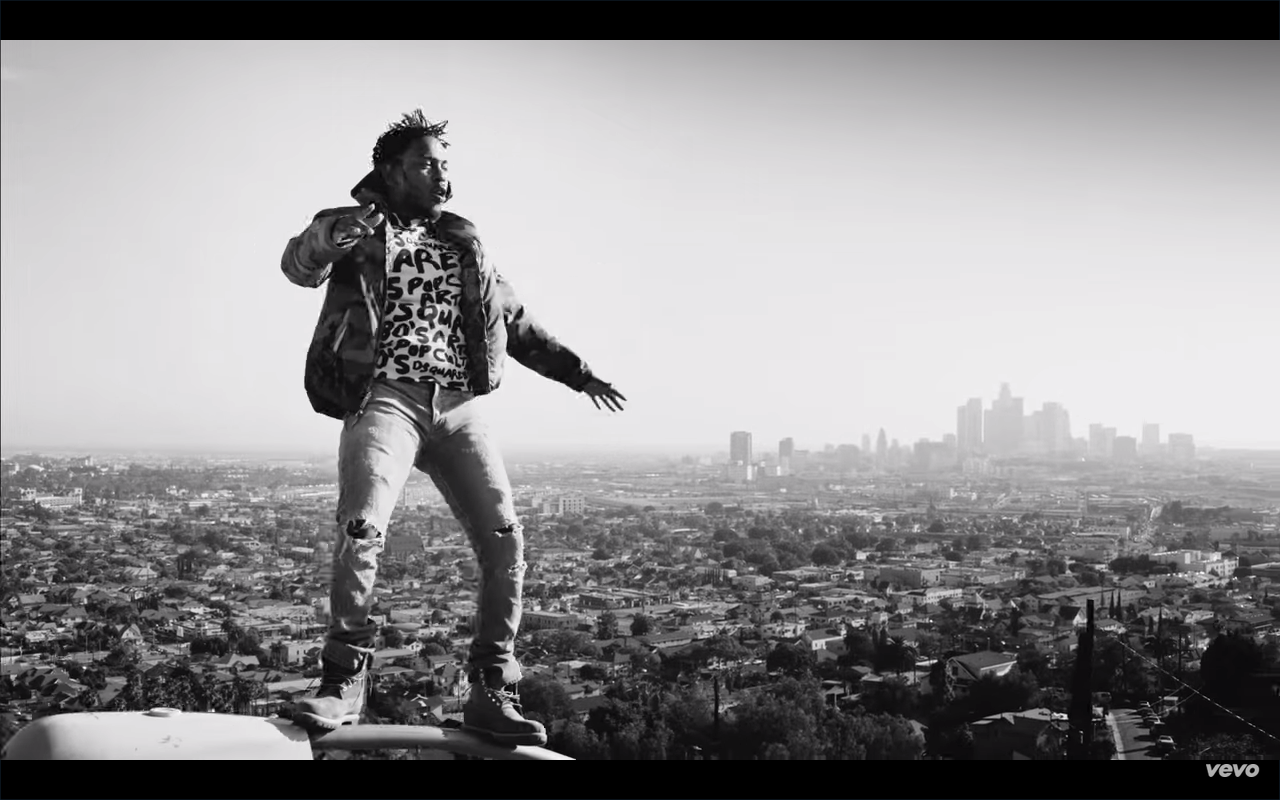

Second, I present the role of music in combating and managing mental health both during and after slavery as part of the Black public sphere. In order to understand the connection between Kendrick Lamar’s album and the blues tradition, I first define what mental health is and what it means to Black people historically. In this paper, I argue that the blues tradition is the primary entity that catered to Black people’s mental health and ability to survive the oppression that they faced in post-slavery America.

In a country that exploits, ostracizes, and oppresses people of color through systemic racism, Kendrick Lamar’s lyrical expression of personal heroic tragedy is an inspiration to process self-love while combating larger racial issues in order to truly belong in America. According to the blues tradition, the personal testimony of heroic tragedy is used to find a sense of belonging or, as noted Black novelist Ralph Ellison explained, it is “an autobiographical chronicle of personal catastrophe expressed lyrically” (Ellison 1992 :62).

In keeping with the Black Lives Matter movement, the album strives to combat issues plaguing the mental health of people of color, specifically Black men, regarding the cycle of gang violence and the power of self-actualization as exhibited in the rural and classic blues era. Winner of the 2017 Lise Waxer NECSEM Prizeĭuring the era of the Black Lives Matter movement, which strives to combat and expose the structural and personal oppressions of racism that impact the mental health of people of color, Kendrick Lamar released his message of self-love in his 2015 album, To Pimp A Butterfly (henceforth T P AB ).


 0 kommentar(er)
0 kommentar(er)
